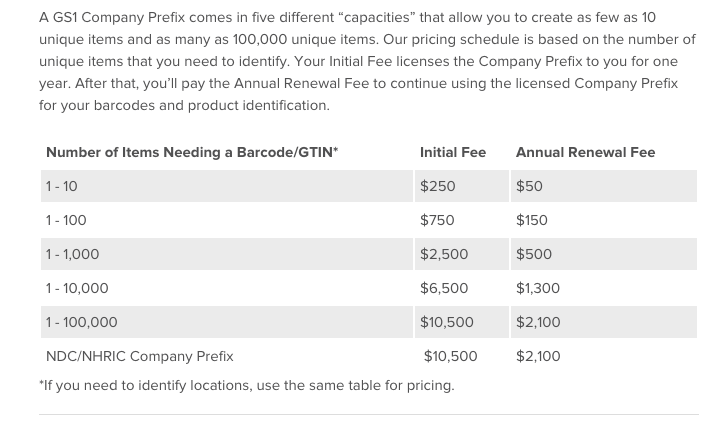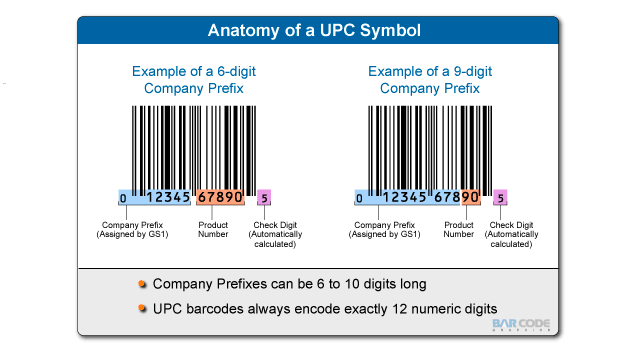Your products are essential to your business operations as a manufacturer or wholesaler. There is no better way to show them love than giving them a product identity number to call their own. But what is the difference between SKU and UPC codes?. Here’s a breakdown to all those acronyms for product ID numbers: SKUs, UPCs, EANs and how to get them.

SKU vs UPC: do your products have a unique identity?
Internal identities - stock keeping units
If you run a store or manage a catalog, you’ve surely heard of an SKU by now. SKUs are clear, internal identification numbers assigned to each of your products and their variants. SKUs can be any combination of letters and numbers that you choose, just as long as the system is consistent and used for all the products in your inventory.
SKU’s should be:
- As simple and clear as possible - save the meaningful details for your product descriptions
- Part of a system that is able to easily expand to accommodate new products
- Made up of numbers, letters, or some combination, but if you use letters, avoid those that can be mistaken for numbers. We’re looking at you “O”.
And to help you out with implementing an easy to understand SKU system, we've created an SKU generator.
External identities - point of sale barcodes
When you send your products out into the world, they’re going to need an identification number at the point of sale. Universal Product Codes or UPC barcodes give you just that. While you create the whole number yourself, it has to begin with your company’s identity number.
Where does that identity number come from? The American non-profit organization GS1 US.
You can get it from them in one of two ways:
1.Directly from GS1 US. Pay for a yearly membership and they’ll give you an identity number for your business to call your own. Here’s a price breakdown from the GS1 US site.

Source: GS1 US
2. A barcode selling service that lets you use another company’s identity code. This is only an ideal solution for companies with a very small number of products, or are very cost-conscious. While you will save on GS1 membership money, some retailers only allow unique UPCs, so do a little research before figuring out if its the option you want to go with.
Once you have your GS1 issued company identification code, add numbers on to that to create the 12 digit UPC code. It can include your internal SKU code or be a completely different system of numbering, whichever works best for your products.

Source: GTIN.info
Once your specific barcode is created, stick them on your product packaging and your products are ready to go. How many of these UPCs will you eventually have? That depends on how many products you sell.
For example, if you exclusively sell men's shirts and offer 10 different styles, in four different sizes, in seven different colors, that’s: 10 x 4 x 7, which means 280 unique UPC barcodes for your products.

EANs or International Article Numbers
International Article Numbers or EANs are very similar to UPCs, however, they are 13-digits long. Most barcode scanners are able to read both types of barcodes and the numbers are virtually the same. UPCs are generally used in North America and EANs are popular in the rest of the world.
To turn your UPC into an EAN, add a 0 to the beginning of the code and the number will be scanned properly.
Product and brand identities
SKUs, EANs and UPCs give you another, more subtle, way to send your products into the market with your brand’s particular identity written all over them. Once you’ve got these worked out, it’s time to focus on the important part - selling!










